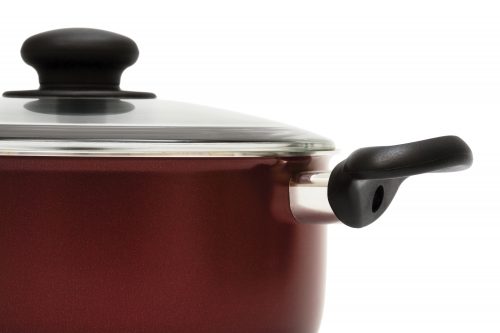
When you’re too busy or simply lack inspiration in the kitchen, it’s easy to reach for a ready-made sauce. Senior nutritionist Rose Carr investigates what’s on offer.
What’s available?
We looked at shelf-stable sauces: simmer sauces, pasta sauces, stir-fry sauces and sauces for ‘bakes’. The varied flavours of Italy and Asia predominate.
Initially we were a bit sceptical about these sauces as some have long ingredients lists which include flavours, colours and thickeners. Many, however, only have ingredients we recognise from our kitchens (or kitchens more exotic than our own).
While we couldn’t sample everything on offer, we were pleasantly surprised by the sauces we tried. We liked most of them in terms of their nutrition profile and their taste.
Fat
When using meal-base sauces we recommend looking for those with 15g total fat or less per serve. We have assumed there may be a little added fat when browning our trimmed or skinless, lean meat (where used) or to stir-fry our vegetables, increasing the overall fat content of the dish. Those watching their kilojoule intake may want to prepare a low-fat meal, in which case we would recommend using sauces with 5g total fat or less per serve, and minimal added oil for browning. While we do need fat in our diets, the less saturated fat the better. So look for sauces with a maximum of 5g saturated fat per serve; less is better.
Sodium
As with many processed foods, higher than desirable amounts of sodium can be a problem and the Asian-style sauces are the ones most likely to trip us up. Some of these are over 1000-1500mg per serve which is very high.
In our ideal world these sauces would all be less than 500mg per serve, and there are quite a few options at this amount. But for a wider selection choose sauces with less than 800mg sodium per serve and, as long as it’s not every day, up to 1000mg sodium per serve is OK.
Sugar
While not a problem in most sauces, there are a few sauces with very high amounts of sugar. Chicken Tonight’s Sweet & Sour simmer sauce has 30g sugar per serve, and the worst offender we found was Pams Japanese Teriyaki Simmer Sauce with 39.8g sugar per serve – nearly nine-and-a-half teaspoons. This amount of sugar is normally reserved for a dessert treat. We recommend choosing sauces with less than 15g total sugar per serve.
Energy
Sauces we looked at ranged from less than 200kJ per serve to over 800kJ per serve. While that’s quite a range, we didn’t find any products we thought to be excessive in energy (kilojoules).
If you are limiting your kilojoule intake, you can use the nutrition information to compare products and choose those with fewer kilojoules. We recommend you compare the ‘per serve’ column in this case.
www.healthyfood.com










